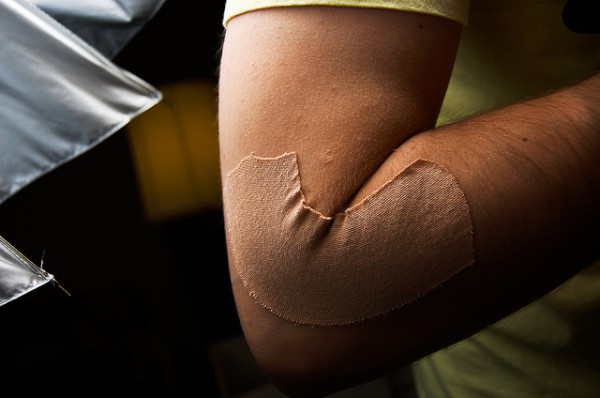Doctors Trump Nurses in Treating Elbow Injuries

Nurses are often just as good as doctors for treating common conditions. However, new research reveals that doctors may trump nurses when it comes to preventing "pulled elbows" in children.
Researchers from the University of Alberta wanted to see if nurses in the emergency department equally capable of reducing pulled elbows, or radial-head subluxation-- a common arm injury in young children who visit the emergency department. While the injury is easy to diagnose and quick to treat, researchers said children usually wait for hours in the emergency department before they are treated. Researchers said the goal of the latest clinical trial was to see if triage nurses in the emergency department could help remedy children's pulled elbows. They explained that nurses replacing doctors would give doctors time to treat other more serious injuries.
The study involved 268 children at the Children's Hospital of Eastern Ontario in Ottawa, Canada. Participants were treated by either a doctor or a nurse who had been trained to treat radial-head subluxation.
The study revealed that nurses had a success rate of 85 percent in reducing the injury compared to 97 percent of doctors, meaning that nurses were 12 percent below the doctor rate.
While 12 percent may not seem like a lot, surveys from doctors in emergency departments show that they would consider using the protocol at their hospitals if nurses can reduce the injury rates within 10 percent of doctor rates.
"Nurses accurately identified and reduced radial-head subluxation in most cases," Dr. Andrew Dixon, Department of Pediatrics, University of Alberta, and Stollery Children's Hospital, Edmonton, Alberta, and his fellow researchers wrote in the study. "Children in the nurse-treatment group had a shortened length of stay compared with children in the physician-treatment group, spending an average of 55 minutes less in the emergency department."
While nurses failed to meet the target rate for reducing the injury, researchers noted that the nurse success rate was still high. Dixon and his team said the findings suggest that there are potential benefits for using trained nurses to help reduce the injury.
"Task-shifting in health care involves trade-offs. Our study provides an informed choice between an immediate treatment that works 7 times out of 10 and a delayed treatment that works 19 times out of 20," researchers concluded.
The findings were published Mar. 24 in CMAJ (Canadian Medical Association Journal).
Mar 24, 2014 02:29 PM EDT




